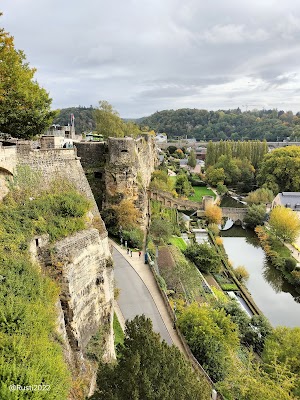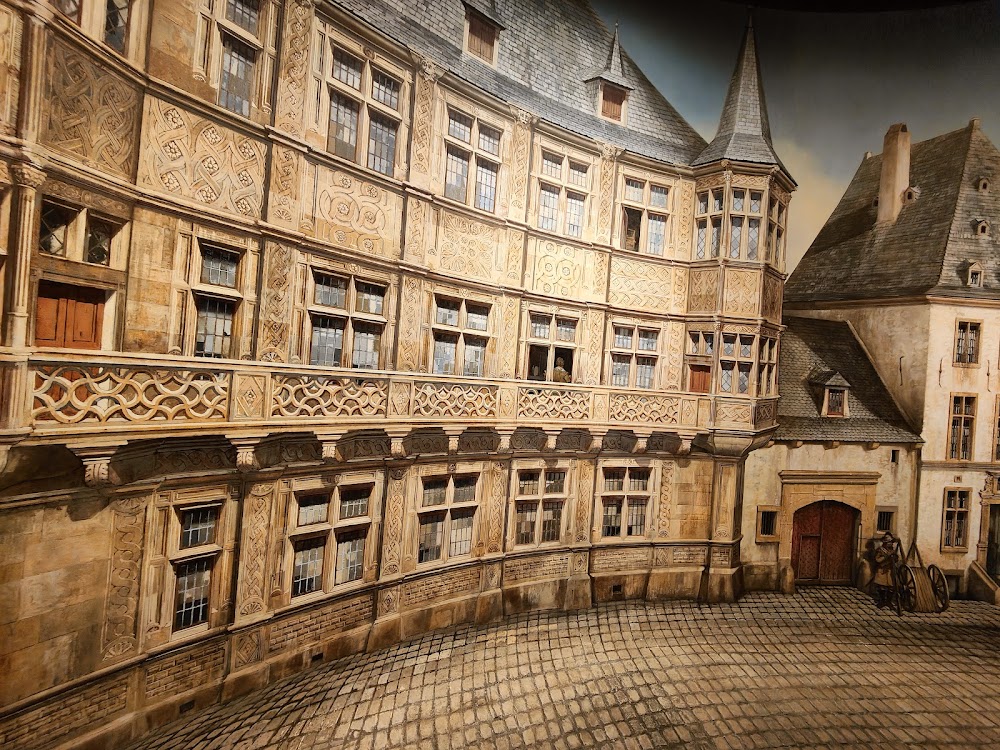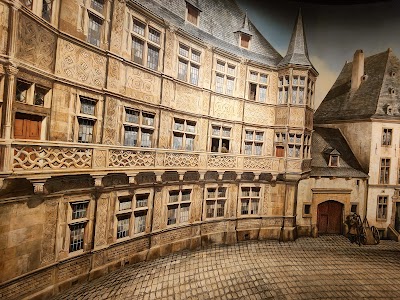Bock Casemates (Casemates du Bock)
Overview
The Bock Casemates, nestled in the heart of Luxembourg City within the Canton of Luxembourg, are a historical marvel that beckons visitors to journey back in time. This labyrinthine network of tunnels and passages is steeped in rich history and intrigue, forming an essential part of the city’s ancient fortifications. Often referred to as the "Gibraltar of the North," these casemates played a pivotal role in Luxembourg's storied past.
The origins of the Bock Casemates trace back to the 10th century when Count Siegfried seized a rocky promontory above the Alzette River, establishing a fortified castle that laid the groundwork for Luxembourg City. Over the centuries, as the tides of European politics shifted, the fortifications were expanded and fortified by the Spanish, French, and Austrians. The casemates themselves were constructed in 1644 by the Spanish and underwent continuous expansion, ultimately stretching over 23 kilometers.
Significantly, the Bock Casemates served as a formidable line of defense for Luxembourg. Designed with multiple layers of protection, they provided shelter for thousands of soldiers and housed artillery, while also functioning as a refuge for civilians during conflicts. The tunnels, some reaching depths of 40 meters, were ingeniously crafted for swift movement and surprise attacks against invaders. Set atop a cliff, the Bock benefited from natural protection, underscoring its defensive prowess.
One of the most captivating aspects of the Bock Casemates is their resilience and adaptability through the ages. In the 19th century, following the Treaty of London in 1867, which mandated the demolition of Luxembourg's fortifications, a significant portion of the casemates was preserved due to their integration into the rock itself. This partial dismantlement marked a transformative period for Luxembourg, transitioning from a fortified stronghold to a neutral territory. The remaining tunnels now serve as a rare and tangible link to the past, contributing immensely to Luxembourg’s UNESCO World Heritage designation.
As you traverse the Bock Casemates today, you’ll be enchanted by the interplay of natural rock formations and human-crafted passages. Each twist and turn unveils a new facet of this subterranean fortress. Informational panels along the route offer context and anecdotes from the casemates' diverse history, enhancing your understanding of their multifaceted role over the centuries. For those eager to delve deeper, guided tours in multiple languages provide an enriched experience of this historic wonder.
Beyond the intriguing tunnels, the Bock Casemates also present breathtaking vantage points. As you ascend from the depths, you’ll be greeted by stunning views of the Alzette River and the picturesque landscapes of Luxembourg City. These panoramic vistas create a striking contrast between the past and present, as well as the urban and natural environments, further amplifying the magic of this site.
Visitors often find several fascinating facts about the Bock Casemates particularly engaging. For instance, during World War II, the casemates were repurposed as air-raid shelters, showcasing their enduring strategic significance. Additionally, excavations in the 1990s unearthed medieval artifacts, offering a glimpse into the lives of those who once traversed these tunnels.
In conclusion, the Bock Casemates are an essential stop for anyone exploring Luxembourg. They offer a unique journey through European military architecture and serve as a testament to Luxembourg’s historical significance. Whether you're a history buff, an architecture enthusiast, or simply seeking an extraordinary adventure, the Bock Casemates are sure to leave a lasting impression.







